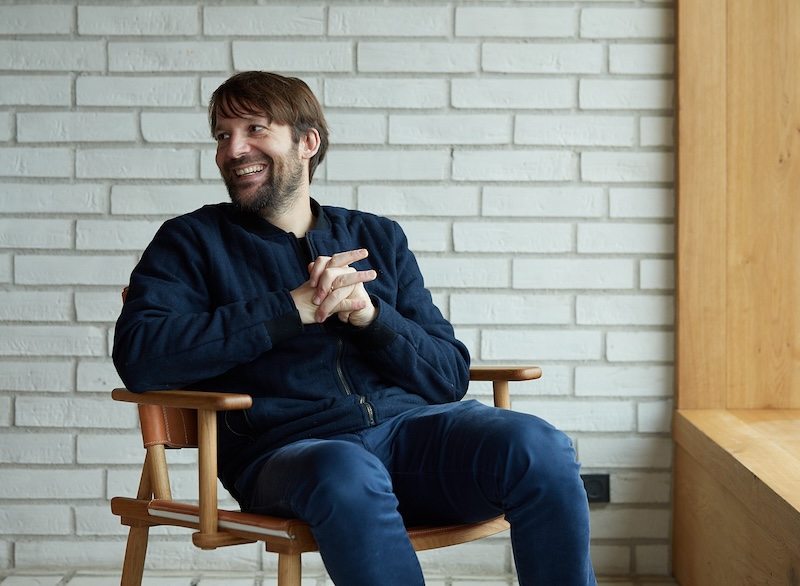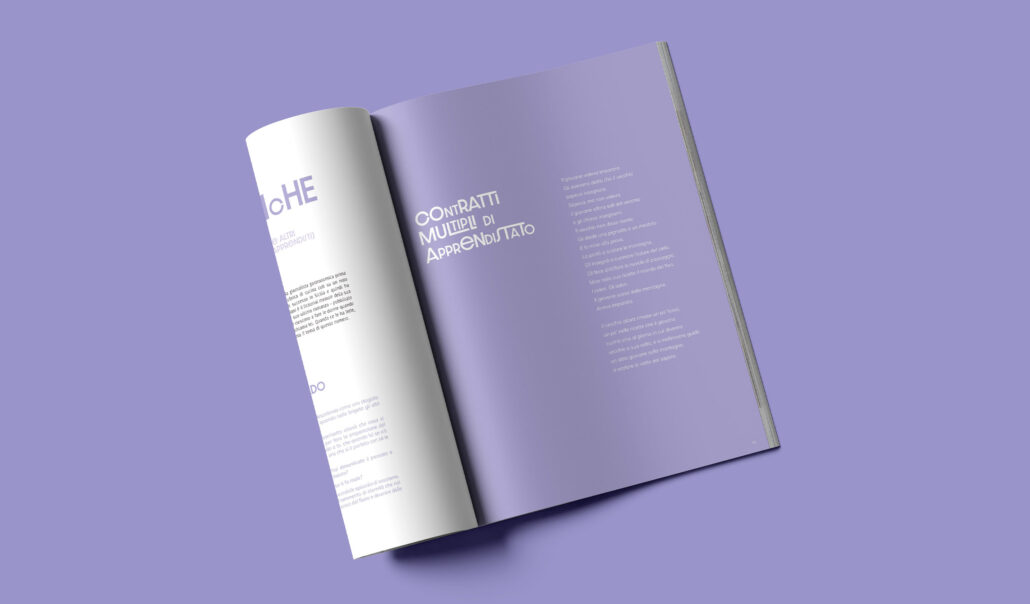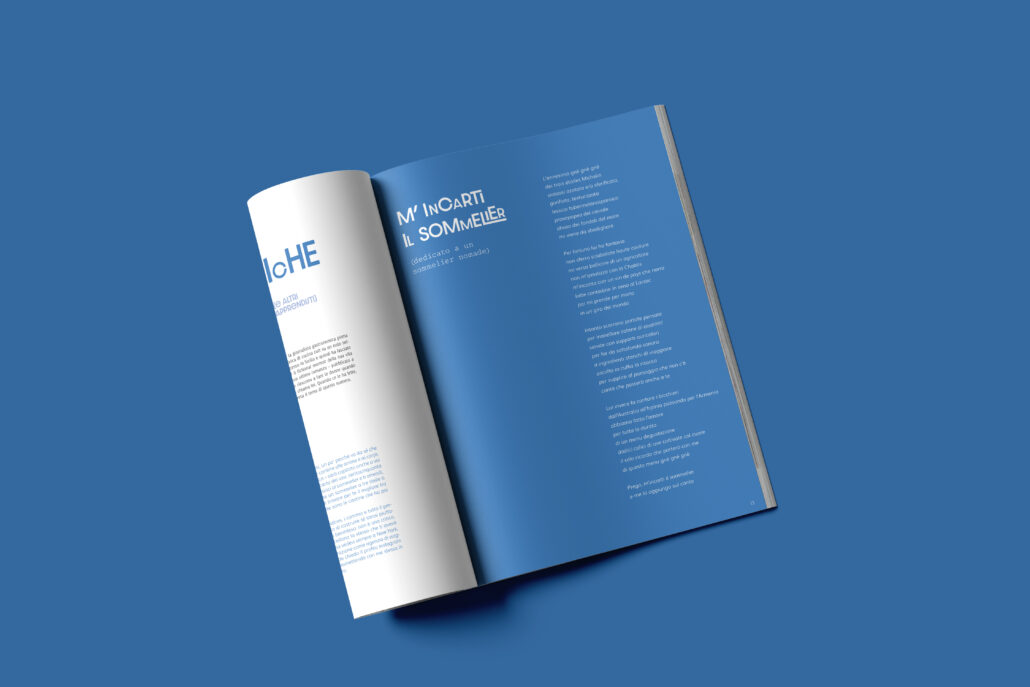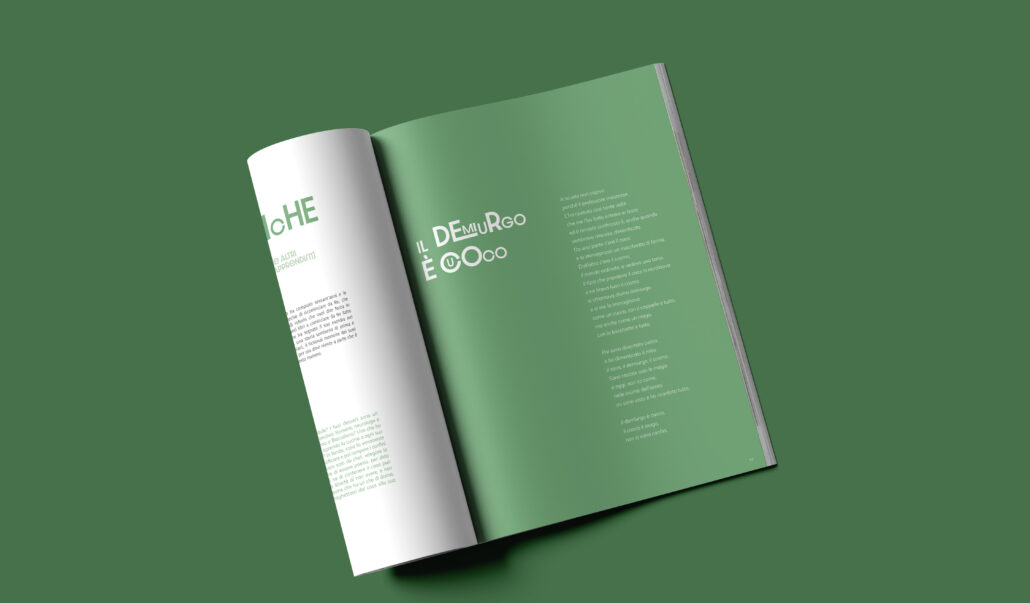Cari René e Team Noma,
Sono davvero passati 20 anni da quando tutto è iniziato? Dio, come eravate giovani. Lo eravamo tutti.
Nel 2003, l’ultimo anno dell’era BNN (Before New Nordic), mi sono trasferita in Finlandia e ho trovato soprattutto aringhe e patate, salsicce e birra. Nei supermercati tutto era prodotto e distribuito in serie. Mangiare bene significava andare in quella che lo scrittore americano di cucina Calvin Trillin ha soprannominato satiricamente La Maison de la Casa House. Avete presente? Come un franchising onnipresente di cucina continentale internazionale con aragosta e foie gras importati e tanto snobismo. A parte alcune specialità locali come la renna, i gamberi e i finferli, l’unico modo per sperimentare la vera cucina finlandese era quello di recarsi nelle foreste e di procurarsela da soli.
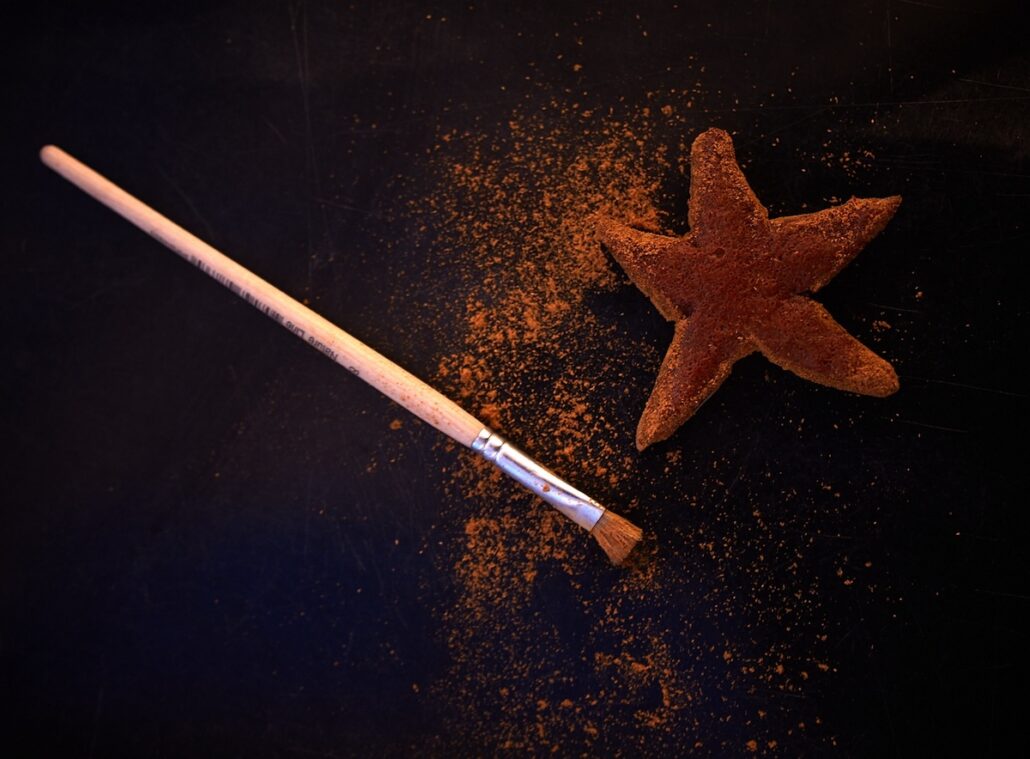
Il resto della regione nordica non era messo molto meglio. Il film Il pranzo di Babette del 1987 metteva in risalto il contrasto tra la spartana cucina danese e i piaceri sontuosi della cucina francese. Chiaramente, l’unico modo per mangiare bene nell’estremo Nord era fingere di essere altrove.
Kong Hans Kælder ha conquistato la prima stella Michelin di Copenaghen con la sua cucina classica francese. In Svezia, il Bon Lloc di Matthias Dahlgren ha ottenuto la stella Michelin per la sua cucina di ispirazione catalana. Alcuni chef all’avanguardia servivano spume di mirtilli rossi sul pesce persico alla elBulli. Nel novembre 2003, hai aperto Noma in un magazzino portuale di 250 anni fa.
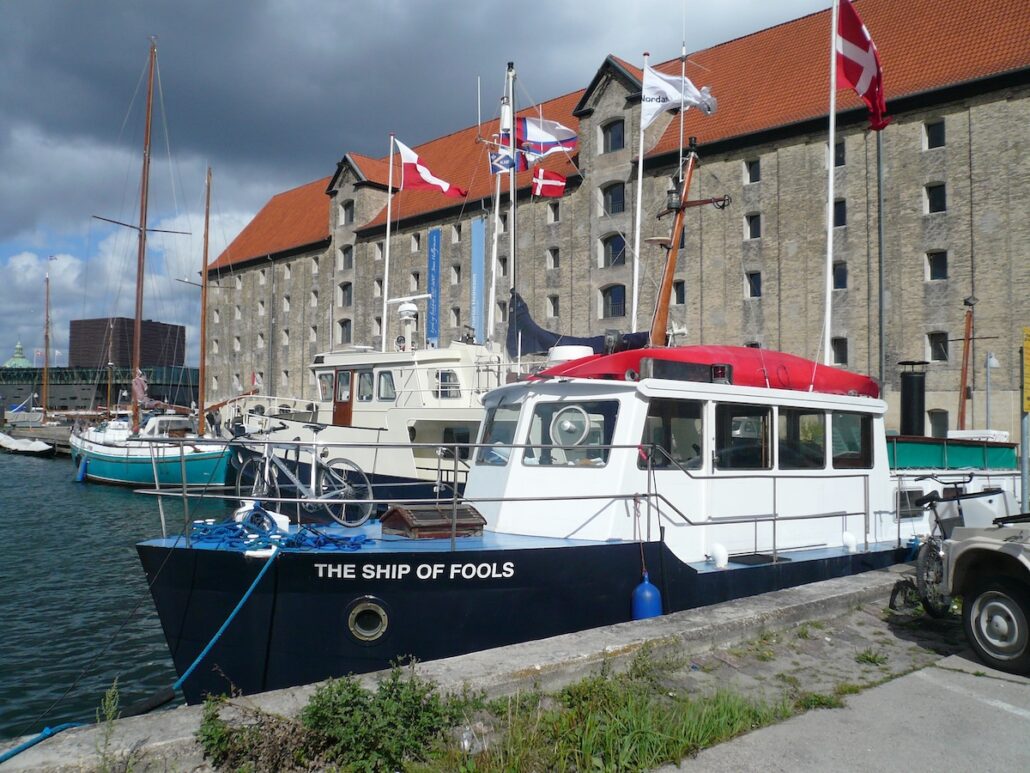
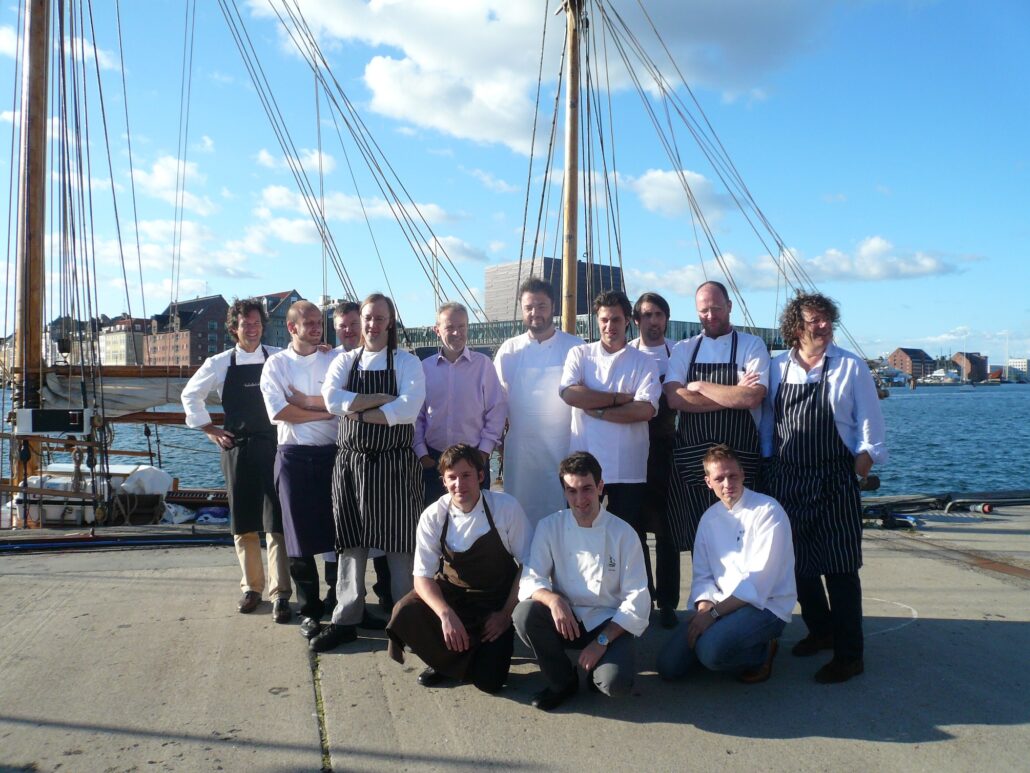
Nel novembre 2004, tu, Matthias Dahlgren e un gruppo eterogeneo di chef e altri vichinghi vi siete ispirati al New Basque Culinary Manifesto del 1973 per scrivere il vostro New Nordic Manifesto. Avrei voluto assistere all’epica (e probabilmente alimentata da akvavit) sessione in cui lo avete redatto. La nuova cucina nordica avrebbe messo in mostra prodotti locali artigianali e sostenibili, preparati in modo da combinare le tradizioni alimentari nordiche con tecniche culinarie all’avanguardia. Infine, il mondo avrebbe scoperto lo skyr, i tartufi di Gotland e il bue muschiato artico. Come una sorta di gruppo di sostegno culinario degli Alcolisti Anonimi, i firmatari del New Nordic Manifesto hanno giurato collettivamente di non essere più dipendenti da pomodori di serra, limoni importati e olio d’oliva. Grazie a Dio avete mantenuto vino e caffè nel menu. Eravate rivoluzionari, non anarchici del cazzo.
Quando mio marito Alberto ha organizzato un pranzo di lavoro al Noma nel 2005, avevate una stella Michelin, ma non molti commensali. Ricordi come ti arrabbiavi quando un tavolo di almeno sei persone disdiceva all’ultimo minuto? I danesi non capivano cosa steste servendo loro, che non era né tradizionale né di tendenza. “La balena puzzolente” era solo uno dei tanti soprannomi locali del Noma. Ad Alberto il pranzo piacque così tanto che ci tornò il giorno dopo. Mi disse che avrei dovuto scrivere di te. Ho chiamato il mio editore al TIME Magazine e ho ottenuto l’incarico. Il TIME non si occupa di recensioni di singoli ristoranti, ma dato che un manifesto firmato dimostrava che si trattava di un vero e proprio movimento, erano interessati a conoscere il New Nordic.
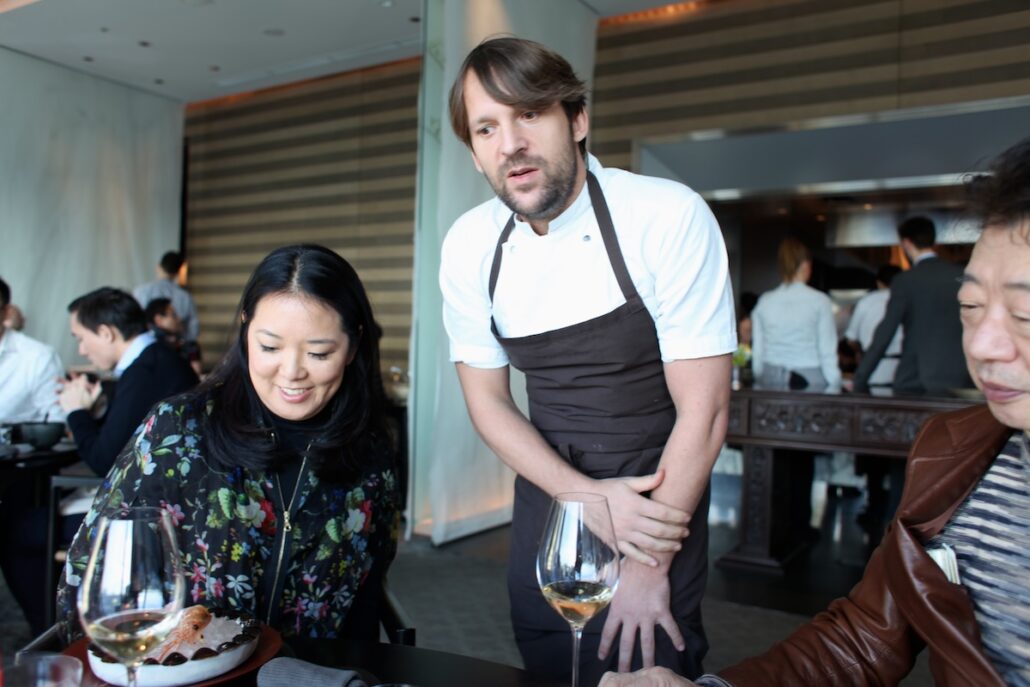
Quando sono atterrata a Copenaghen, all’inizio di febbraio 2006, c’era una troupe televisiva danese ad aspettarmi all’aeroporto. Avevano letto la mia e-mail al Consiglio dei ministri nordico in cui chiedevo loro un’intervista riguardo l’investimento di tre milioni di euro per promuovere la gastronomia New Nordic. Ero sorpresa che la stampa potesse leggere le e-mail del governo e loro erano sorpresi che una giornalista straniera volesse venire a Copenaghen per mangiare. Volevano seguirmi per vedere dove andavo. Quell’episodio nell’archivio delle notizie di DagsDato funge da introduzione virtuale al progetto New Nordic e da testimonianza storica dei primi tempi.
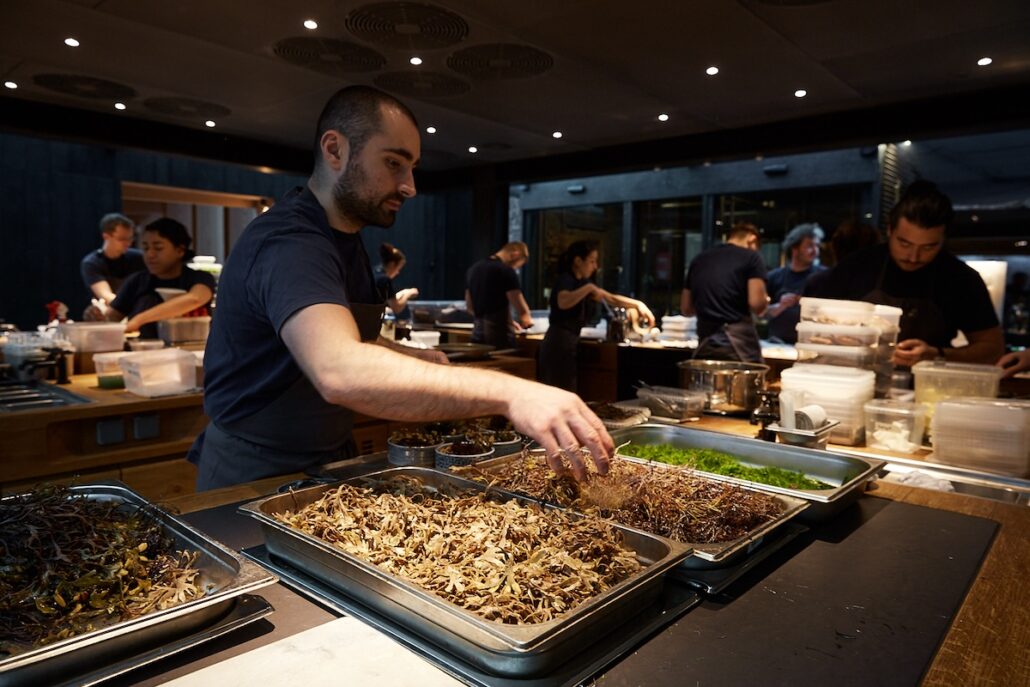
La telecamera ha girato ininterrottamente per i quattro giorni che ho trascorso al Noma. La telecamera girava quando mi hai presentato i tuoi fornitori, come lo straordinario agricoltore Søren Wiuff. La sua fattoria una volta era fatto solo di carote ordinarie, ma quel giorno abbiamo scavato nel terreno dei tuberi chiamati crosne (carciofi cinesi) che sembrano dita paffute ma hanno un sapore simile ai carciofi. La telecamera girava mentre i miei tacchi di Prada (le uniche scarpe che non sono state perse dalla compagnia aerea) bucavano i sentieri congelati della fattoria lattiero-casearia biodinamica di Niels Stokholme, dove 50 rare mucche di razza danese pascolavano sulle rovine di un antico altare a Thor. Quando il funzionario del Nordic Council che ho intervistato dichiarò che il New Nordic sarebbe diventato la prossima tendenza, sembrava più che inverosimile.
Vent’anni dopo, con gli YouTubers che girano in tutti gli hotspot di Copenaghen che hanno aperto sulla vostra scia, sembra un’affermazione preveggente.
Oggi Copenaghen è una capitale gastronomica mondiale al pari di Parigi e Tokyo. Secondo i dati dell’ente del turismo, i viaggi a Copenaghen sono raddoppiati negli ultimi venti anni e il Noma deve essere una delle ragioni principali di questo boom. Copenaghen è ora piena di negozi di gastronomia e di bande di persone che si presentano all’Alchemist indossando le magliette “I’M A HUNGRY TOURIST”.
Ma soprattutto, avete ispirato gli chef di tutto il mondo a buttare via i loro libri di Escoffier e a cercare nei loro giardini e nelle loro tradizioni per creare le loro moderne cucine locali. È vero, a volte è un po’ strano vedere pelli di pecora e muschio sui tavoli in Spagna o in Corea, ma noi prendiamo ispirazione ovunque arrivi. L’ispirazione è anche una strada a doppio senso. Il Noma 2.0 non è più il purismo ideologico solo nordico dei primi tempi; ha abbracciato le tecniche e i sapori che avete imparato nei vostri viaggi in giro per il mondo. Quando fate un pop-up in Giappone o in Messico, non lo fate da turisti gastronomici. Vi immergete letteralmente nell’apprendimento di nuovi linguaggi culinari, facendo propri quei sapori stranieri.
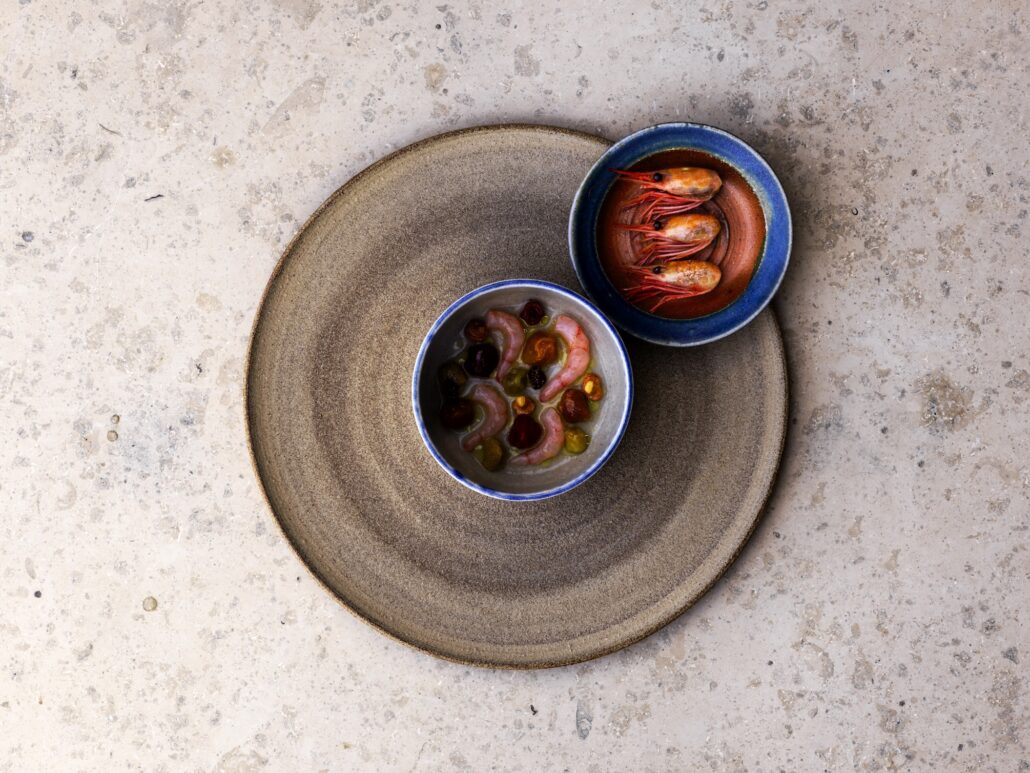
IL NOMA CHIUDE!!! Così titolavano i giornali internazionali nel gennaio 2023. Abbiamo immediatamente prenotato un tavolo e un volo per Copenaghen: l’unica reazione razionale. Mi ritengo molto, molto fortunata. Sono fortunata di aver trovato un tavolo disponibile. Sui social media si leggono i lamenti di coloro che sanno che non potranno mai sperimentare il Noma se non sui social media. Sono fortunata che mio marito, Alberto, sia ossessionato dal cibo come me e che possiamo pagare 3.950DKK (530€) a persona, vino escluso, per un pasto Game and Forest meticolosamente preparato con le materie prime di campi e foreste. Ehi, i nostri figli sono ancora giovani e potrebbero non voler andare all’università, giusto? Carpe diem. Sono anche super fortunata perché dal 2005/2006 siamo stati molte volte al Noma e ai suoi vari pop-up a Londra, in Giappone e in Messico, godendo di una visione in prima fila del movimento New Nordic fin dai suoi inizi.
Mentre attraversavamo l’affollato aeroporto di Copenaghen nell’ottobre del 2023 diretti verso un’abbuffata di quattro giorni tra Restaurant Barr, The Alchemist, Noma e Kadeau, non ho potuto fare a meno di pensare a quale differenza abbiano fatto un paio di decenni, non solo per la scena gastronomica di Copenaghen, ma anche per la cucina globale e il modo in cui viene raccontata.
Mi chiedo anche come sarà Copenaghen quando e se il Noma chiuderà. È questa, come ipotizzano i media internazionali, la fine dell’alta ristorazione?

René, sei stato attento a mettere la sostenibilità, la creatività e la salute mentale tra le massime priorità, anche se questo significa fare mea culpa in pubblico o sventrare il ristorante di tanto in tanto e ricominciare da capo. Sono felice che tu e la tua squadra abbiate realizzato tutto ciò che vi eravate prefissati e anche di più. Non ci sono riconoscimenti che il Noma non abbia ottenuto. Non è stato facile e sicuramente ci sono stati giorni in cui non ti piaceva quello che vedevi allo specchio. Grazie per la tua onestà e per aver riconosciuto la necessità di un cambiamento nella cultura gastronomica. La cui ricetta ha sempre previsto sangue, sudore e lacrime, ma la nuova visione dovrebbe aggiungere il rispetto per i produttori e i lavoratori, oltre che per il prodotto. Il cibo veramente buono è salutare per il corpo, la mente, l’anima e il pianeta e al Noma è sempre stato servito del grande cibo.
Per favore, continuate a guidare la strada verso un modo migliore di mangiare. Buon 2024, in attesa di vedere la nascita del Noma 3.0.
Con amore
Lydia


